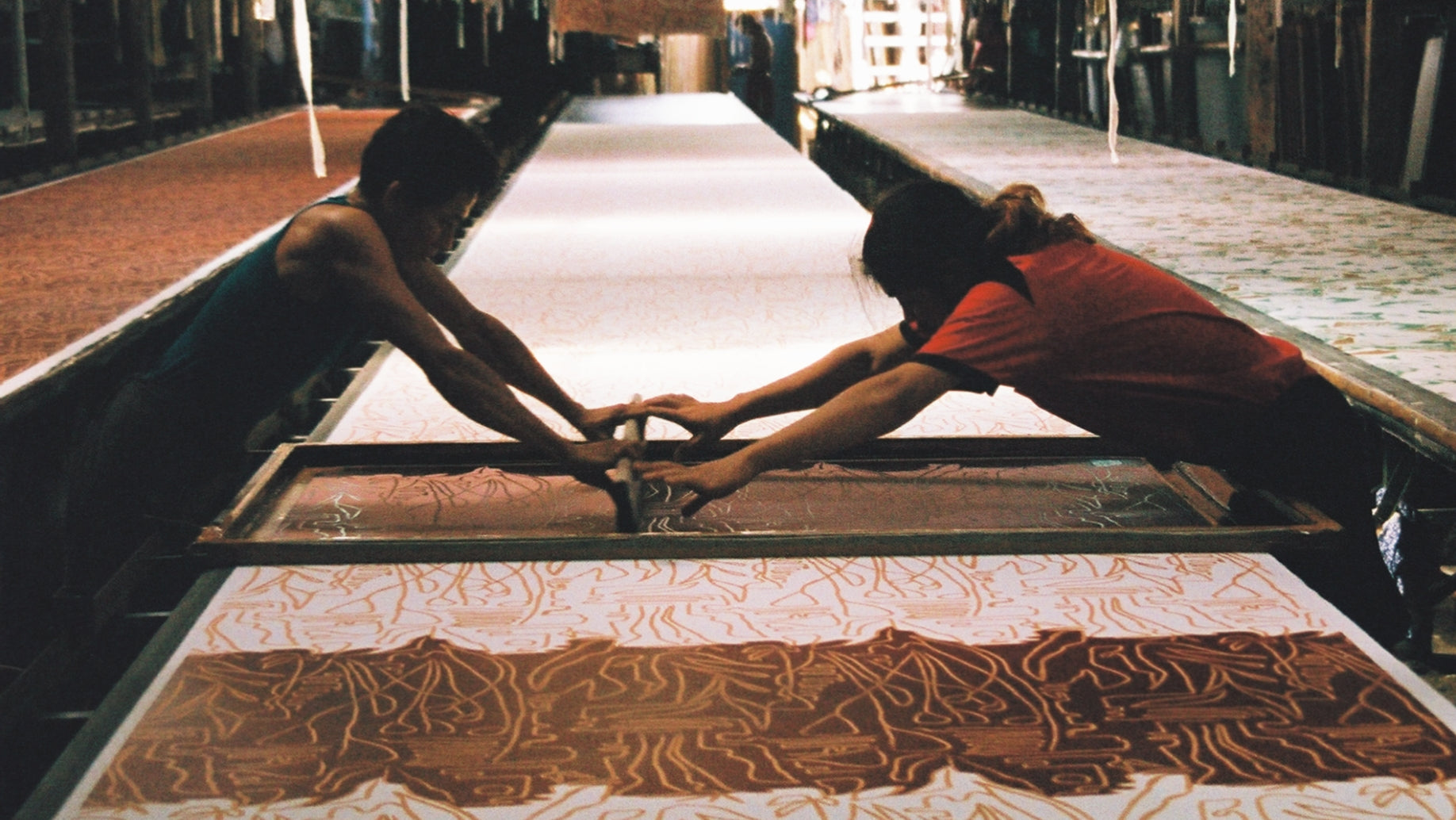Art Of Print
A Note From Belinda
Every collection starts with my modern interpretation of east meets west. So much of my inspiration is found in the extraordinary colors and textures of traditional textiles from around the globe, as well as the relaxed fluidity yet strict geometry of nature.
Because Bali always warms my heart and fuels my creativity, our traditional printing process is infused with the artisanal heritage of Indonesia. BEL KAZAN fabric showcases the beauty of methods like hand printing and batik, a wax stamping art form that dates back to the sixth century.
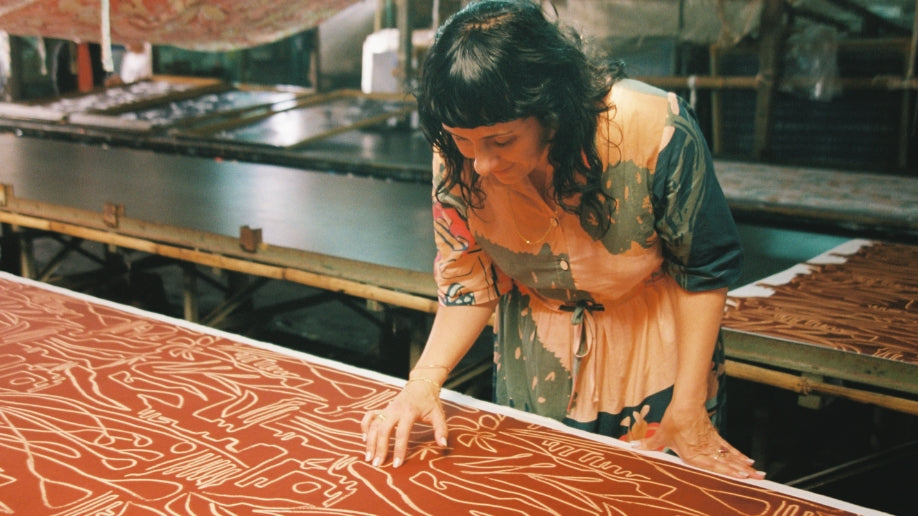
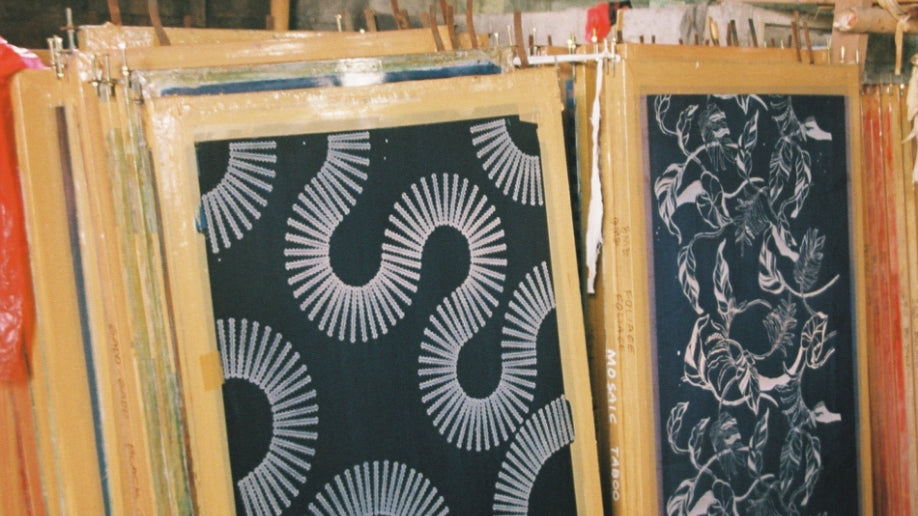
Process
Many of BEL KAZAN’s patterns are created using a technique called hand printing, popularly known as screen printing. In this method, artisans use a mesh screen to transfer ink onto an underlying layer of cloth, except in places that are blocked by an impermeable stencil. As a squeegee is moved across the mesh, the open mesh crevices fill with ink, and a reverse stroke causes the screen and cloth to briefly touch. Once the squeegee has passed, the screen springs back, leaving the ink to permanently color the cloth below. Only one color is printed at a time, so several screens must be used for multicolor designs.
We also use batik (all together now: “bah-teek”), which refers to both the wax resist-dying technique itself and the cloth created using this method.
First, wax is applied to the parts of the cloth meant to be left undyed. The Balinese artisans we work with create patterns by drawing dots and lines with a spouted tool called a canting, or by printing with a copper stamp called a cap. The cloth then gets soaked in dye, which the already-applied wax resists, selectively coloring the future garment. The wax is removed with water, and repeated when the design calls for multiple colors.
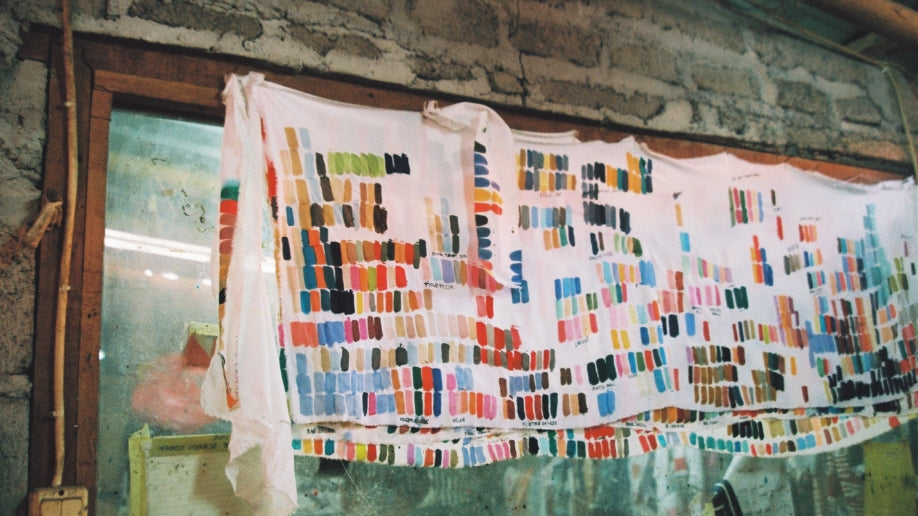
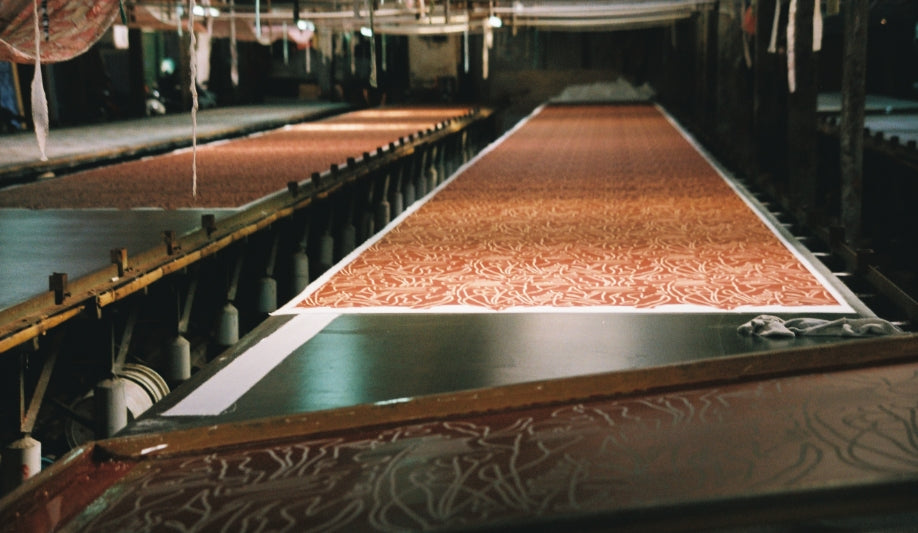
Materials
Our vision has always been to be a socially-responsible, environmentally-kind company. That means that, starting in 2019, our fabric choices will have an even softer impact on the planet. We’ll use:
Organic and Ramie cottons, rather than regular cotton. Regular cotton farming uses genetically-modified (GMO) seeds, which have been manipulated to have a higher resistance to pests—but when those very same bugs get stronger, more insecticide is required. Organic cotton is made from natural seeds, and pests are controlled with the usage of other predatory insects. There is no usage of pesticides or other harmful chemicals, which means it’s safer for both the soil and on our skin. Even though the price tag is higher, we know it’s worth it.
Tencel™ Lyocell, made by Austrian company Lenzing. Tencel is a cellulose fiber manufactured from eucalyptus trees, which grow so fast that it takes just half an acre of land to produce a whole ton of Tencel fiber. The forests are tended without pesticides, irrigation, or genetic alteration of any kind, and have earned a Forest Stewardship Council (FSC) certification, which ensures that products come from responsibly-managed forests that provide environmental, social, and economic benefits.
Even the ground pulp used to create Tencel is treated without the usage of toxic chemicals or bleach, and 99.5% of solvents are recycled after this process. (Wondering about that other 0.5%? It decomposes in biological purification plants.) Compare that to other fabric treatment processes, which not only create strong odors—causing unpleasant working conditions—but also require toxic chemical washes which pollute the air and water.
Rayon Spandex, also sourced from Lenzing. Like Tencel, our rayon spandex fabric is made of cellulose, a natural component of wood. What’s special about cellulose? Its biodegradability: at the end of their life cycle, these fibers reenter the eco-system by disintegrating back into their native substances, ultimately preparing the ground for new plants to grow.
Knit fabrics, from an OEKO-TEX® 100 certified mill. Their certification means they’re not only free of harmful chemicals, but also that the fibers were organically grown according to strict guidelines accounting for environmental management and social responsibility.
Why does all of this matter? Well, fashion is the third most polluting industry in the world, and textiles alone make up almost 6% of the trash that enters U.S. landfills every year. We believe that ethical is the new normal, so we hope you’ll join us in taking action by generating awareness.


